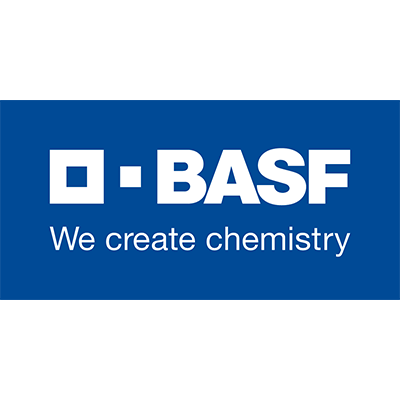
Research Collection
What is a virulent nematode?
It happens below the ground over time. University of Georgia Nematologist Melissa Mitchum explains why active management by soybean growers is important to combat virulent nematodes.
Why does source of SCN resistance matter?
Resistance genes in soybeans have different modes of action. University of Georgia Nematologist Melissa Mitchum and University of Georgia Soybean Breeder and Geneticist Zenglu Li discuss research breakthroughs that will benefit soybean growers in the future.
What SCN resistant tools are being created?
More options will be available in the future to combat parasitic nematodes. University of Georgia Nematologist Melissa Mitchum explains what the future holds for nematode management to bolster soybean yields.
Gene editing is an effective tool to combat SCN
How can gene editing tools be used to make plants more resistant to SCN and root-knot nematodes? University of Georgia Nematologist Melissa Mitchum and University of Georgia Plant Geneticist Wayne Parrott discuss the latest technology researchers are using to combat nematodes.
The tode farm is a rich genetic resource for researchers
How do these nematodes assist in major research discoveries? University of Georgia Nematologist Melissa Mitchum explains how researchers are using an experimentally adapted SCN collection to develop new tools that will ultimately help soybean growers better manage this pest.
Unlocking the power of tode spit
Why do researchers study nematode spit? University of Georgia Nematologists Melissa Mitchum and Richard Hussey discuss the tools nematodes use to steal soybean yield and the potential this has for developing novel nematode resistance strategies.
Soybean breeders focused on sustainability
What is the most economical way to control plant-parasitic nematodes? University of Georgia Nematologist Melissa Mitchum and University of Georgia Soybean Breeder and Geneticist Zenglu Li discuss the important role plant breeders play in protecting soybean yields.
This project was made possible with support from these Coalition partners.






